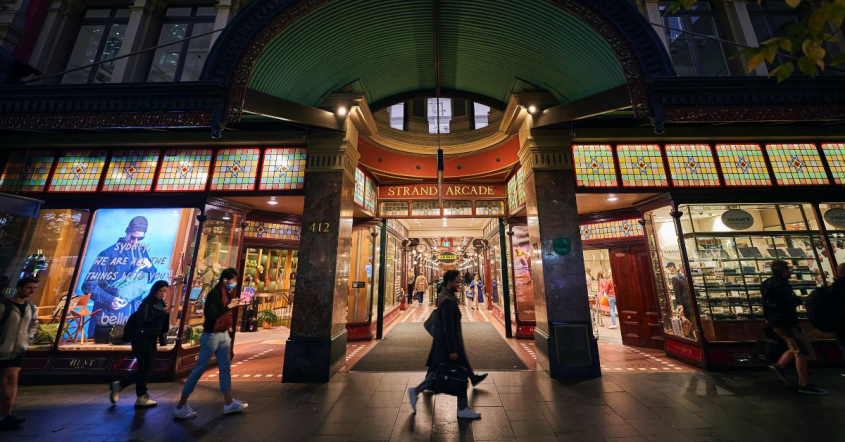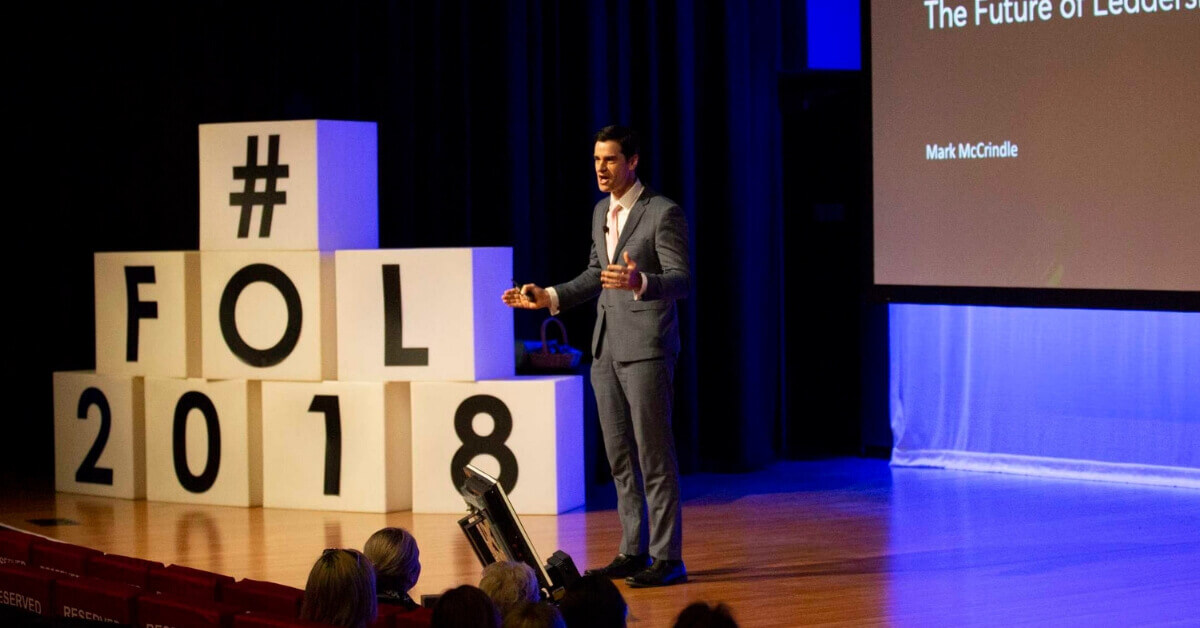What Business are you Really In?
By: Michael McQueen
We all know the importance of a ‘why’. For individuals and organisations alike, clarifying purpose is essential as a way of orienting goals and strategies, unifying teams and incentivising action.
Many organizations have attempted to answer the ‘Why do we exist?’ question by crafting vision or mission statements, but these are all-too-often a concoction of policies, practices, strategic aims and goals. True driving purpose, however, is more fundamental, long-term and even philosophical than these things.
Writing in the Harvard Business Review, my friend and colleague Graham Kenny of the consultancy Strategic Factors suggests that the unique power of purpose is that it forces an outward focus. It compels everyone in an organization to put themselves in the shoes of those they are looking to serve. As we explored in the previous chapter, this is a key element of ensuring a consistent and reliable customer experience. According to Kenny, a clear sense or statement of purpose is uniquely important as it becomes the ‘philosophical heartbeat’ of an organization.
Purpose that transcends profits is a non-negotiable. Back in 1935, the Merck pharmaceuticals founder George Merck II articulated a purpose that has guided the company ever since: “We are workers in industry who are genuinely inspired by the ideals of advancement of medical science and of service to humanity.”
What’s interesting is that this purpose statement makes no mention of profitability or even pharmaceuticals. It should come as no surprise that many decades after this purpose statement was first articulated, Merck continues to flourish.
In contrast, consider American hotel and restaurant chain, Howard Johnsons. Throughout the 1960s and 70s, Howard Johnsons was the largest restaurant chain in the US with more than 1,000 outlets nationwide. However, when the company’s founder passed away in 1972, his son took the reins and prioritized sales growth and return on investment over the company’s former twin values of customer service and employee morale. Within a few short years the new CEO had all but destroyed the company and ended up selling the chain in 1979.[1]
While all businesses survive by making a profit, the ones that succeed exist to do far more than this. The mechanisms that make you money are one thing, but often the purpose you are really pursuing can be found in the deeper ways you are serving people.
What Business Are You Really In?
Speaking at a bar licensee’s conference a number of years ago, I asked attendees the question, “What business are you in?” Unsurprisingly, the majority of responses centred on products and services – “We are in the food and beverage business,” or “We are in the hospitality business.”
Although I understood why audience members responded the way they did, I challenged their assumptions and suggested that they were, rather, in the ‘atmosphere and experience’ business.
Seeing the puzzled expressions, I explained that when a customer enters a bar or restaurant and orders a glass of wine, they are aware that they are paying for one glass what they would otherwise pay for an entire bottle of the same wine at the liquor store down the road. “So why are they paying more?” I asked. “Why not just buy the bottle and drink it at home?” Answering my own question, I explained that it was the atmosphere and experience that enticed customers to pay up and return again and again.
“See, you are in the experience and the atmosphere business – that’s who you are and why you exist. Food and beverages are just one way that you create the experience and atmosphere your customers are looking for.”
Most businesses and organizations set out with a clear idea of who they are and why they exist. However, as the ‘what’ and ‘how’ get repeated, entities begin to focus on processes and lose sight of their purpose or outcome. Naturally, the longer we do something a certain way without thinking, the harder it becomes to stand back, get our bearings and make sure we are still going in the right direction.[2] When this happens, we can easily lose our sense of identity, our focus on the things that really count, and the confidence of those we are looking to serve.
In order to stay the course and remain customer-focussed, an organization must remain very clear on what the French call a raison d’etre – or the fundamental reason or purpose for existence.
Don’t Limit Your Scope!
A purpose must be precise, but it need not be limiting. On the contrary, an organisation that understands the deeper reason it exists is far more equipped to broaden the scope of its service beyond its existing activities.
Despite the missteps that left a dent Boeing’s trust scores, the iconic brand is a great example of the power of purpose in guiding a brand over time. Boeing’s stated purpose of existing to ‘Connect, Protect, Explore and Inspire the World through Aerospace Innovation’ allowed for and even prompted the company’s daring shift in the 1950s from military bombers to the commercial passenger jet business. Had Boeing’s purpose centred on being the ‘leading manufacturer of military aircraft’, this more narrow definition of purpose would have prevented the company from making the changes necessary to stay relevant as times evolved. Looking to the future, there may well come a day when Boeing exits the commercial jet liner business too. Regardless, its articulation of core purpose allows for the evolution and transformation of its business as necessary.
Consider too that if the Disney Corporation’s purpose statement had been to entertain kids by producing cartoons, the company would have stopped growing decades ago. However, Walt Disney’s purpose to ‘make people happy’ allowed for and inspired the company to create feature-length hit movies, the Mickey Mouse Club, Euro Disney and now streaming services that have seen Disney’s market value and brand popularity skyrocket. And they are consistently ranked one of the most trusted brands on the planet. Quite an achievement![3]
There are few things as empowering as a clear ‘why’. Not only does it provide a stable sense of identity across tides and trends, but it is the very thing which enables the evolution of an organisation with the times.
[1] Collins, J & Porras, J. 1994, Built to Last, HarperCollins, New York, pp. 65.
[2] Zschech, D. 2009, The Great Generational Transition, EWI, Sydney, p. 25.
[3] Collins, J & Porras, J. 1994, Built to Last, HarperCollins, New York, pp. 77.
Article supplied with thanks to Michael McQueen.
About the Author: Michael is a trends forecaster, business strategist and award-winning conference speaker.
Feature image: Photo by Fidel Fernando on Unsplash










